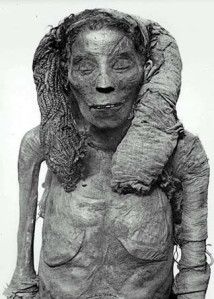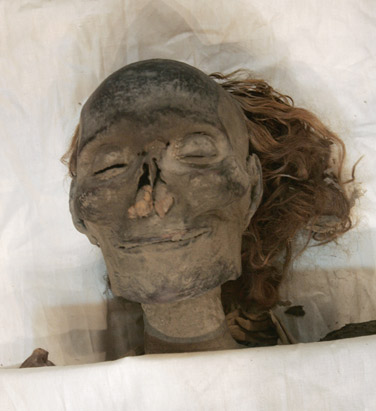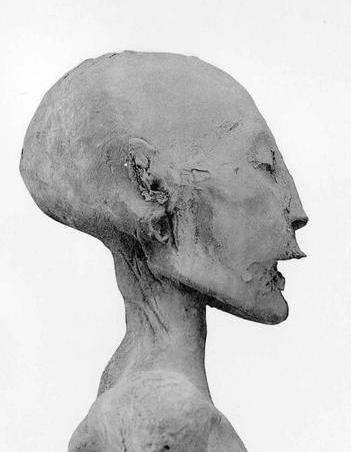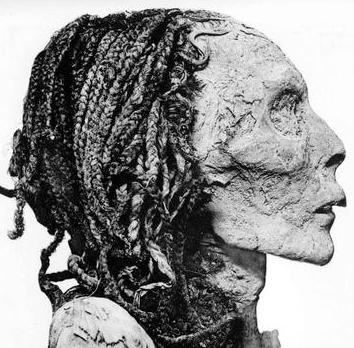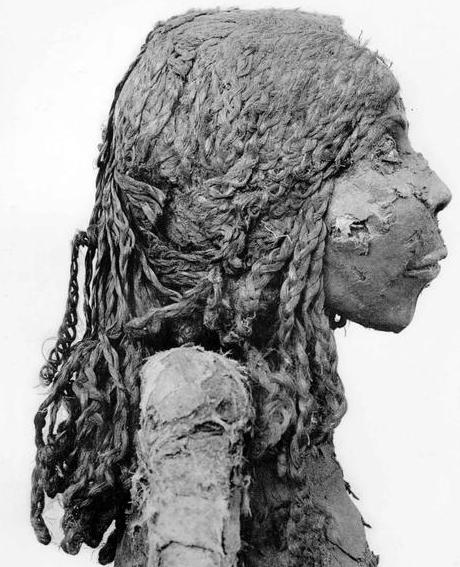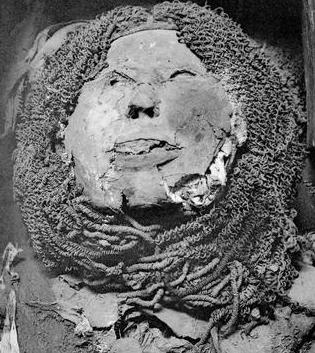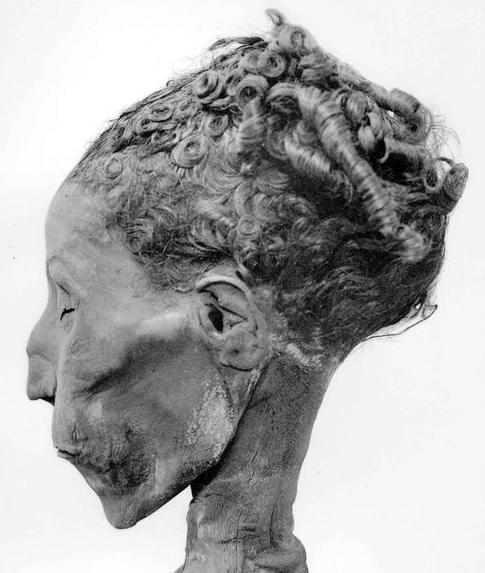Mathilda’s Anthropology: Exploring the Significance of Hair
Hair is a fascinating aspect of human biology and culture that holds great significance in various societies around the world. From a scientific perspective, hair is a unique characteristic of mammals, serving various functions such as protection, temperature regulation, and sensory perception. However, beyond its biological role, hair has deep cultural and social implications that reflect individual and collective identities.
Across different cultures and time periods, hairstyles have been used to convey messages about an individual’s age, gender, social status, and even their personal beliefs. In many traditional societies, specific hairstyles were reserved for special occasions, rituals, or important life events, serving as markers of cultural identity and community affiliation. For example, in some African cultures, intricate braided hairstyles are not only an aesthetic expression but also carry historical and symbolic meanings.
Hair also plays a crucial role in self-expression and personal identity. People often use hairstyles as a means of showcasing their individuality, creativity, and cultural pride. Whether it’s through vibrant dye colors, intricate braids, or unconventional cuts, individuals can use their hair to communicate their personality and make a statement about their values and beliefs.
In recent years, the natural hair movement has gained momentum, encouraging people, particularly those from African diaspora communities, to embrace and celebrate their natural hair textures. This movement challenges societal norms and beauty standards that have long favored Eurocentric hair types, fostering a sense of empowerment and self-acceptance.
Furthermore, hair holds historical and anthropological significance. In archaeological studies, the analysis of ancient hair samples can provide valuable insights into past populations’ diets, health, and cultural practices. For instance, hair analysis has revealed information about ancient diets based on isotopic composition and identified the use of certain pigments and dyes in hair adornment throughout history.
Additionally, hair has been a subject of study in the field of forensic anthropology. Hair analysis can provide valuable clues in criminal investigations, including determining an individual’s ethnicity, drug usage, or exposure to environmental toxins.
In conclusion, hair is not just a biological feature but a multidimensional aspect of human existence that encompasses cultural, social, and historical dimensions. It serves as a means of personal expression, a marker of identity, and a subject of scientific inquiry. Mathilda’s Anthropology invites us to delve into the rich tapestry of hair and explore its profound significance in shaping our individual and collective narratives.
Hits: 0
